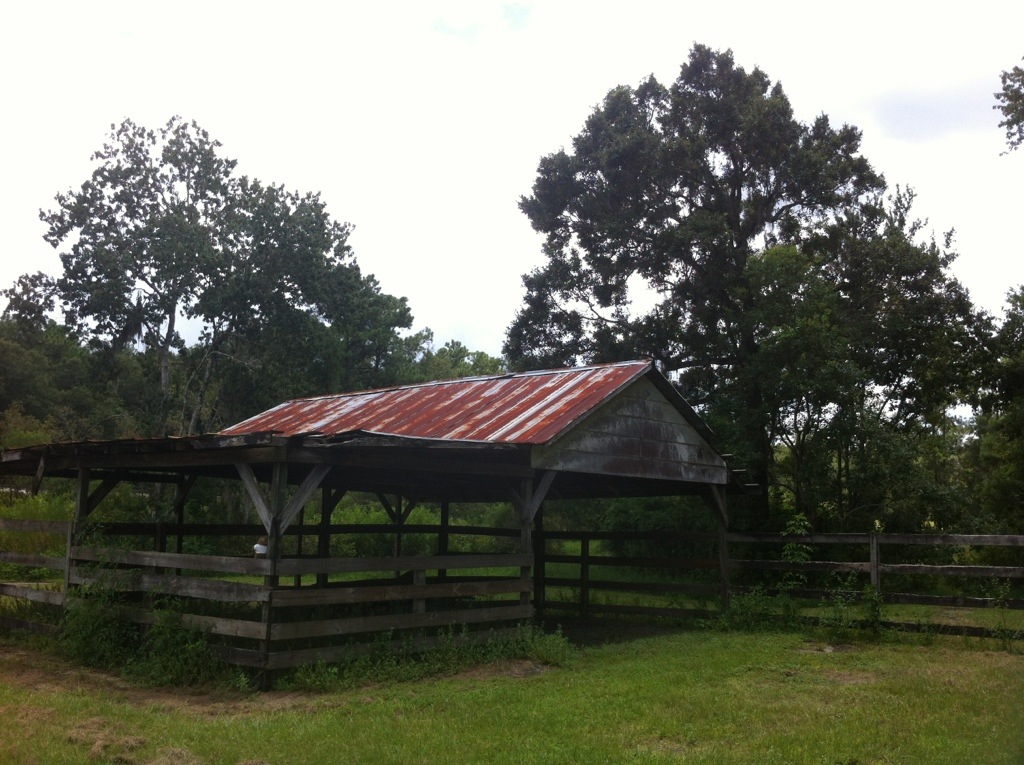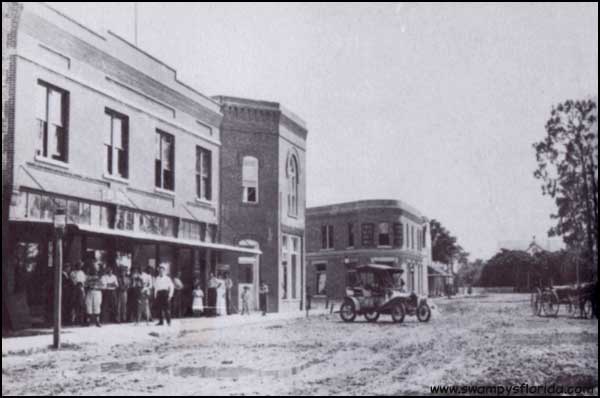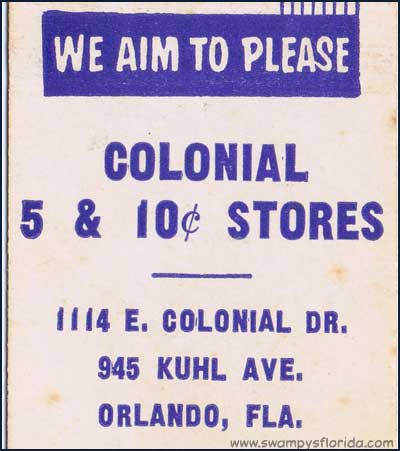Most don’t think of farms when they think of Lake Mary. Swampy found one in the midst the the original Lake Mary area by the railroad tracks.
This is Downtown Auburndale in 1913. The year before a fire had brought the area to the ground. Before the 1912 fire, the Downtown was built of wood. The town builders turned to brick and that is what you see here.Something to note here is something that was also common in the western U.S. Not only were there dirt roads to drive to ride on, there were issues that made them hard to even walk on. First, our frequent rain made the roads muddy and difficult. The high humidity kept the roads dampt, also. What really added to the messy travel were the horses that were always coming through. This time period was prior to Pooper Scoopers and horses left messes everywhere. Add that to the mud and walking in the roadway would just about guarantee ruining clothes. It’s one reason why tall boots were not just a fashion statement.
Hard to believe how fast the rebuilding happened these days. Shows what a community can do together.
A post following this will show what this area looked like a year later.
This photo is from ‘Yesterday’s Polk County’ by Louise Frisbie.
You can purchase a copy by clicking here or below.
Swampy’s Matchbook Wednesday: Colonial 5 & 10¢ Store, Orlando
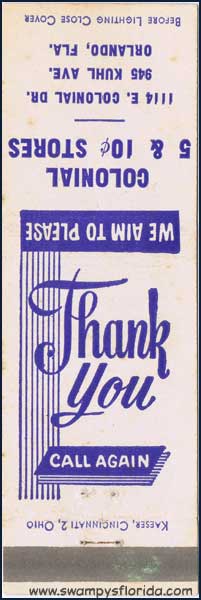 Here’s one of the five and ten cents stores in Orlando fifty plus years ago. Not sure of the date of this matchbook but would guess about 1960. Please post any comments below if you have memories of going to Colonial 5 & 10¢ Store.
Here’s one of the five and ten cents stores in Orlando fifty plus years ago. Not sure of the date of this matchbook but would guess about 1960. Please post any comments below if you have memories of going to Colonial 5 & 10¢ Store.
This one sat on the southwest corner of Mills Avenue (US 17 & 92) and East Colonial Drive (Hwy. 50) in a trip center that still stands today but with a very different set of stores with an asian theme. The only one that doesn’t is Ace Stamp & Sign at the western end of the strip that, i believe, has been there about fifty years.
This, as is 99,9% of what is found on this site is part of the Swampy’s Florida Florida collection.
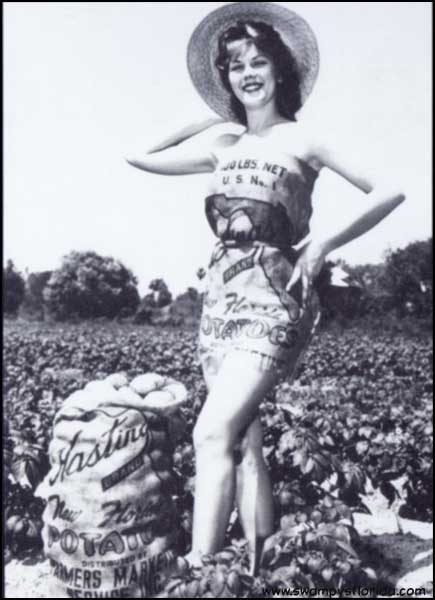
Seventeen year old Susan Deen was crowned in Hastings the 1962 Potato Queen by, then, Agricultural Commissioner Doyle Conner. The Deen family is a vast one in Florida spreading far beyond the potato fields in Hastings in western St. Johns County.
This photo is from ‘Florida Portrait: A Pictorial History of Florida’ by Jerrell Shofner.
You can purchase a copy by clicking here or below.
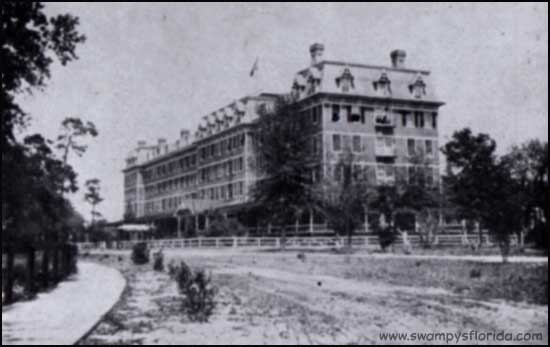
Here’s teh Seminole Hotel in Winter Park in the late 1800s. It burned to the ground in 1902.
This photo is from Chronological History of Winter Park’ by Claire MacDowell.
You can purchase a copy of this book by clicking here or below.
